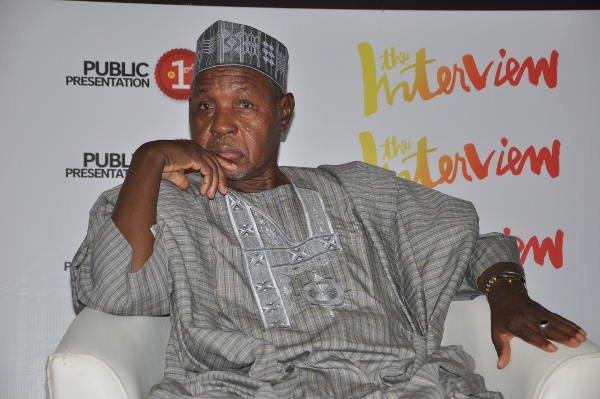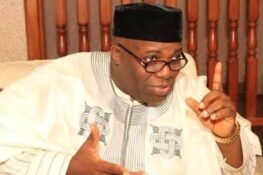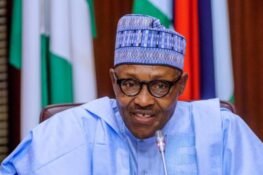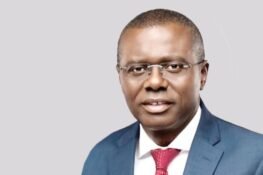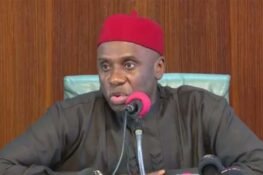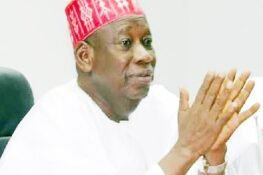The Katsina State Emergency Management Agency (SEMA), on Tuesday confirmed that eight persons had died, while 25,961 buildings were affected by floods in parts of the state.
The SEMA Executive Secretary, Alhaji Babangida Nasamu, told the News Agency of Nigeria (NAN) in an interview in Katsina that 7,019 hectares of farmlands were also destroyed.
Nasamu, who spoke through the agency’s Public Relations Officer, Mr. Umar Mohammed, said that about 17 people sustained various degree of injuries from the disaster across the state.
READ ALSO: Kebbi Women Resort To Prayers Against Insecurity, Flooding
He revealed that all the 34 Local Government Areas (LGAs) of the state had been affected by flood disaster from January 2020 to date.
According to him, 103 houses were affected by floods in Kankara LGA, being the lowest number in the state, while Katsina LGA recorded the highest with 3,568 houses affected.
He added that about 7,019 hectares of farmlands were submerged by the flood in various parts of the state with crops worth millions of Naira destroyed during the period under review.
He said the agency had already assessed the havoc wreaked by the disaster and assured that the state government would assist the victims in order to ameliorate their plight.
READ ALSO: Kano Flood Kill 4 Persons, Destroy 5,200 Houses
Nasamu further called on the Presidential Committee on Flood Relief and Rehabilitation, Ministry of Humanitarian Affairs and Disaster Management and the National Emergency Management Agency (NEMA) to come to the aid of the victims.
(NAN)
